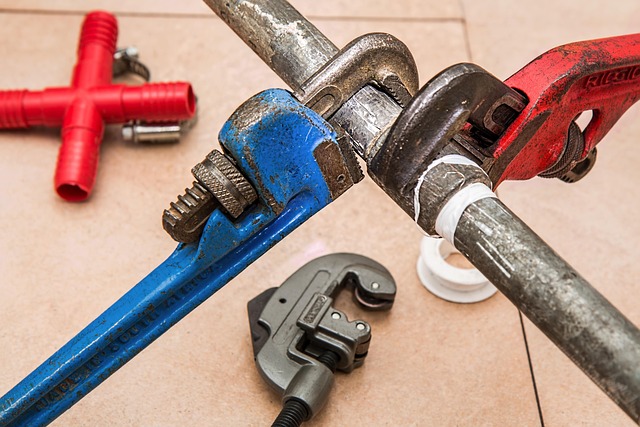For successful home repair and maintenance, start by setting clear goals and creating a realistic budget. Conduct a thorough inspection to identify essential repairs over cosmetic changes. Define your project scope based on urgency and importance, aligning decisions with your vision for functional needs and personal preferences, whether DIY or professional assistance.
Planning and managing home renovations can be a complex process, but with effective strategies, it becomes a rewarding journey. This article guides you through every step, from setting clear goals and creating a realistic budget for your home repair and maintenance project, to organizing the perfect team and keeping everything on track. We’ll explore how to maintain your newly renovated space, handle unexpected issues, and ensure long-term sustainability, making your renovation experience smooth and successful.
- Setting Clear Goals and Budget for Home Repair and Maintenance
- – Identifying needs vs. wants
- – Defining project scope and priorities
Setting Clear Goals and Budget for Home Repair and Maintenance

When planning home repair and maintenance, setting clear goals and a realistic budget is the foundation for successful transformation. Define your objectives—is it updating outdated spaces, enhancing functionality, or increasing property value? This focus will guide your decisions on what needs fixing, replacing, or refurbishing.
A well-defined budget allows you to plan effectively. Research costs for materials, labor, and potential unexpected expenses related to home repair and maintenance. Allocate funds accordingly, considering both short-term fixes and long-term investments that enhance comfort, safety, and your home’s overall value.
– Identifying needs vs. wants

When planning a home renovation, distinguishing between needs and wants is essential for effective management. It’s natural to be tempted by trendy designs and luxurious upgrades, but focusing on what truly enhances your living space and addresses practical concerns is key. Start by evaluating your current home’s condition through a comprehensive home inspection. Identify areas requiring repair or maintenance, such as structural issues, outdated systems, or faulty fixtures—these are your needs.
Prioritize these essential fixes first to ensure a safe and comfortable environment. Wants, on the other hand, include cosmetic changes or additions that elevate your space but may not be immediate priorities. Carefully consider how each desired change aligns with your lifestyle and long-term goals. For instance, a gourmet kitchen might be a want, but if you’re not a frequent home cook, investing heavily in this area could be better allocated to other home repair and maintenance tasks.
– Defining project scope and priorities

Defining your home renovation project’s scope and priorities is a crucial step in ensuring a successful transformation. It involves understanding what changes you wish to make, whether it’s a minor upgrade or a full-scale overhaul, and setting realistic goals. Start by evaluating your living space: identify areas that require repair and maintenance, such as leaky faucets or crumbling walls, and decide on the aesthetic upgrades you desire. Prioritize tasks based on urgency and importance, considering both functional needs and personal preferences. For instance, repairing a roof leak might be a top priority to prevent further damage, while remodeling a kitchen could be scheduled for a later date.
A clear scope allows you to create a detailed plan, allocate resources efficiently, and manage expectations. It helps you stay focused during the renovation process, ensuring every decision aligns with your vision. Whether it’s a DIY project or hiring professionals, having a defined scope keeps the work organized, making home repair and maintenance more manageable and less overwhelming.
Effective home renovation planning and management start with setting clear goals and a realistic budget. By distinguishing between needs and wants, defining project scope, and prioritizing tasks, homeowners can ensure their projects stay on track, within budget, and aligned with their vision for home repair and maintenance. This strategic approach not only fosters successful renovations but also contributes to the long-term value and enjoyment of their homes.














